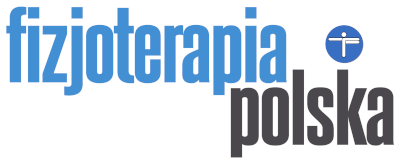Work related musculoskeletal disorders in school teachers: risk factors, prevalence, and association with health-related quality of life in Emirate of Sharjah, United Arab Emirates
Alyazia Obaid Hassan Khudoum Almarashda, Kalyana Chakravarthy Bairapareddy, Meeyoung Kim
Inas Gita Amalia, Suharjana, Ahmad Nasrulloh, Enggista Hendriko Delano, Abiyyu Amajida
– Work related musculoskeletal disorders in school teachers: risk factors, prevalence, and association with health-related quality of life in Emirate of Sharjah, United Arab Emirates. Fizjoterapia Polska 2023; 23(5); 217-226
DOI: https://doi.org/10.56984/8ZG20A65A
Abstract
Introduction. This study aimed to determine the prevalence of work-related musculoskeletal pain (MSP) and correlations between associated risk factors, physical activity levels, stress, and quality of life among schoolteachers in Sharjah, United Arab Emirates.
Materials and methods. A cross-sectional study using SPSS version 23.0 for the statistical analysis, was conducted using the Shapiro–Wilk test, independent t-test and one-way ANOVA test to compare the quality of life scores and stress level scores based on variables.
Results. In total, 342 teachers working in private and public schools were recruited. Our results showed a high prevalence of MSP among teachers. The most reported areas were the lower back, shoulder, and neck, followed by the upper back. The suggested causes are long hours spent on devices, as the average hours spent on devices range from 6 to 9 hours, heavy load of teaching from 16 to 30 classes per week, old age in most participants (35 years and above), and low physical activity. Moreover, quality of life is low among teachers with known chronic medical conditions and teachers working in private schools. Stress was moderate when all variables were tested.
Conclusion. Work-related MSP are highly prevalent among schoolteachers in the UAE. A high prevalence is associated with older age, longer teaching hours, higher teaching load, poor quality of life, and moderate stress.
Keywords
musculoskeletal pain, stress, quality of life, teachers
| Invalid download ID. | Pobierz bezpłatnie artykuł w j. angielskim |

